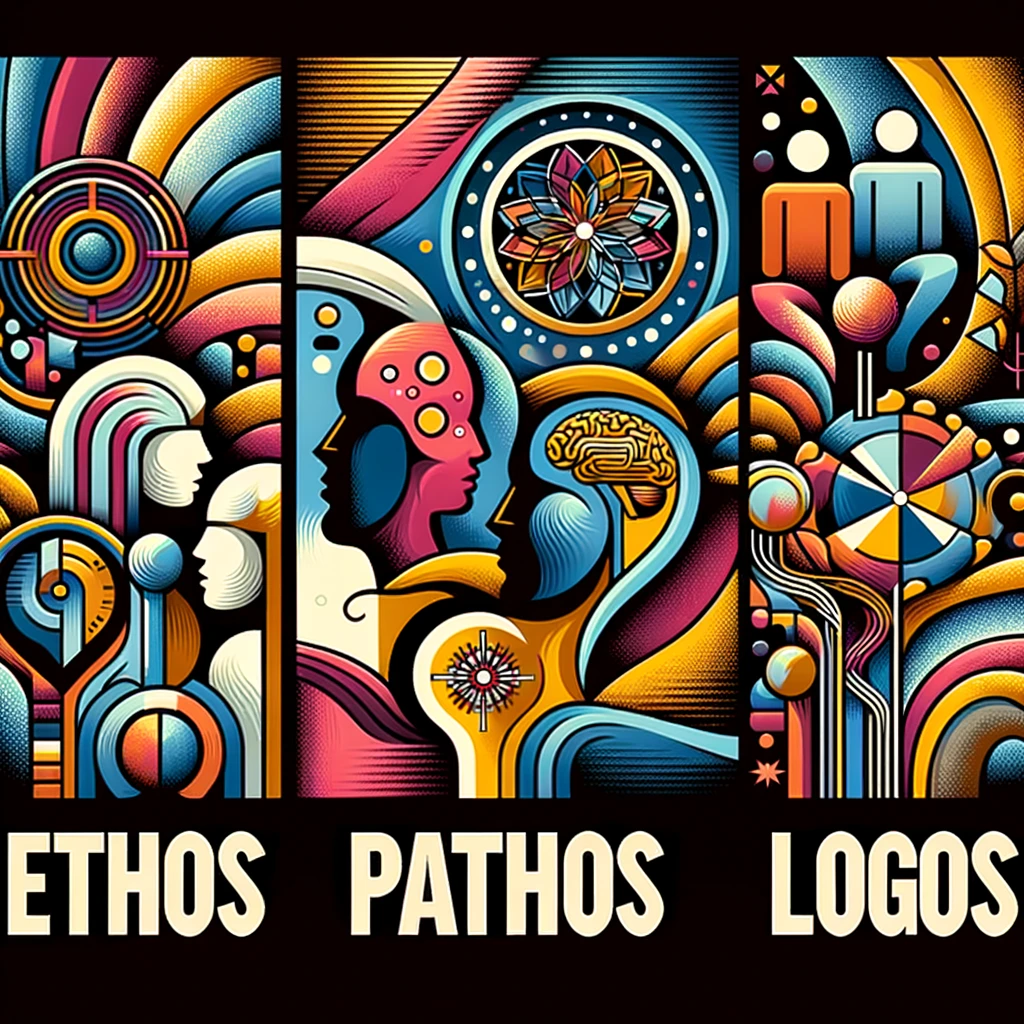Voice
“Voice” in the context of writing or speaking isn’t about the sound that comes out of one’s mouth. Instead, it’s a metaphorical term that refers to the unique way a writer or speaker presents their thoughts and feelings. Voice refers to the sense or measure of writer’s personality and distinctive ways of expressing themselves. Voice ...









